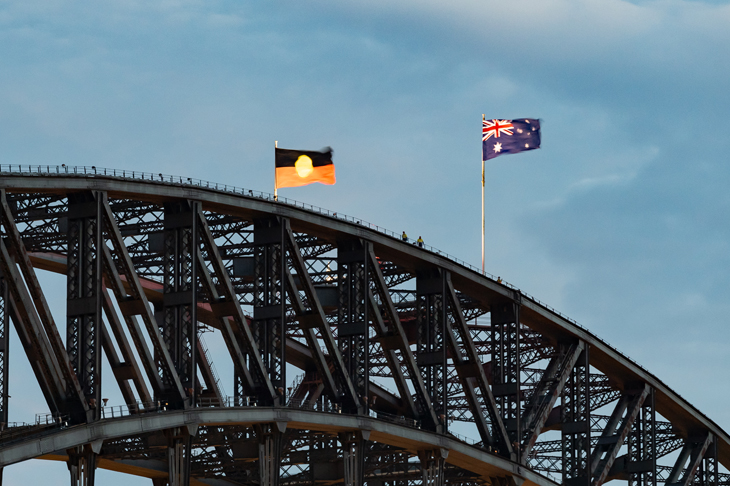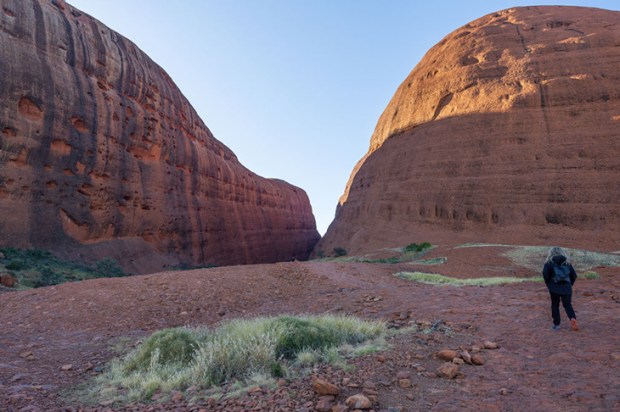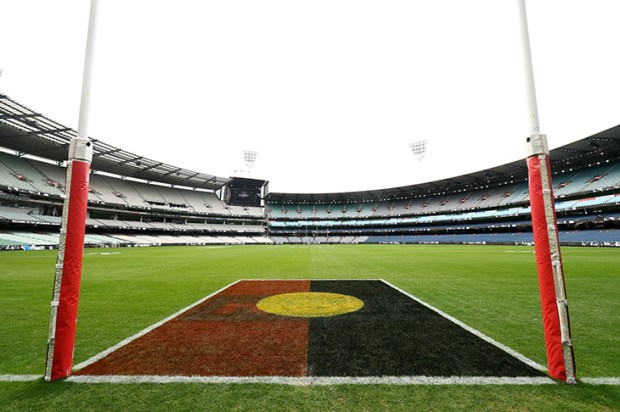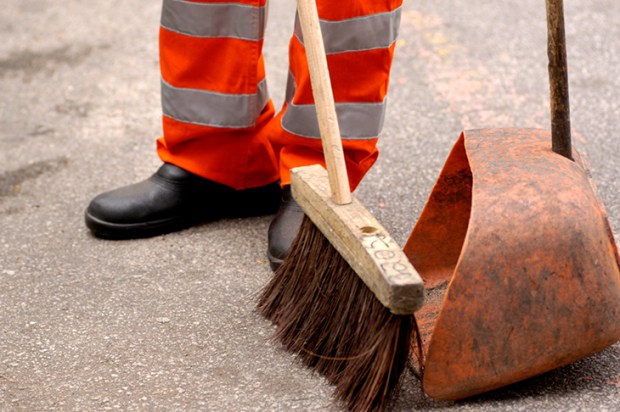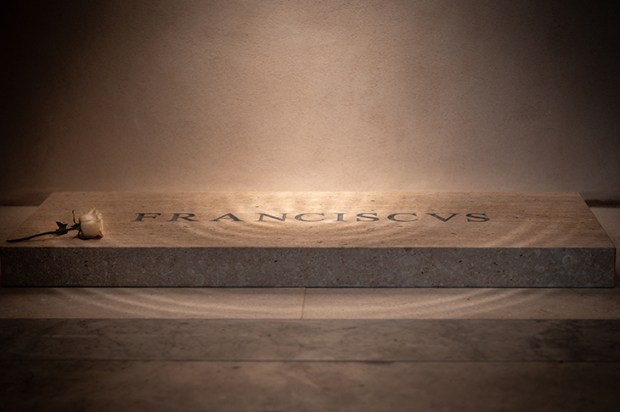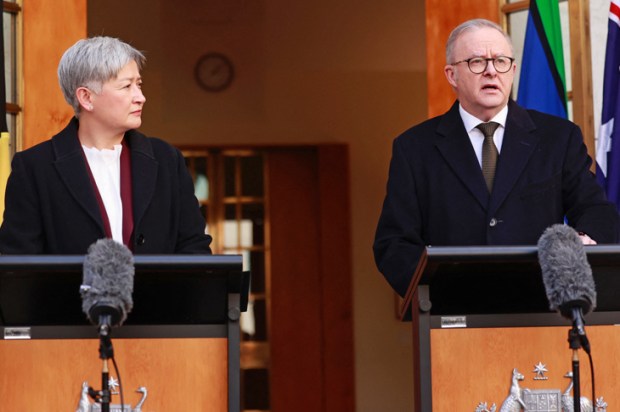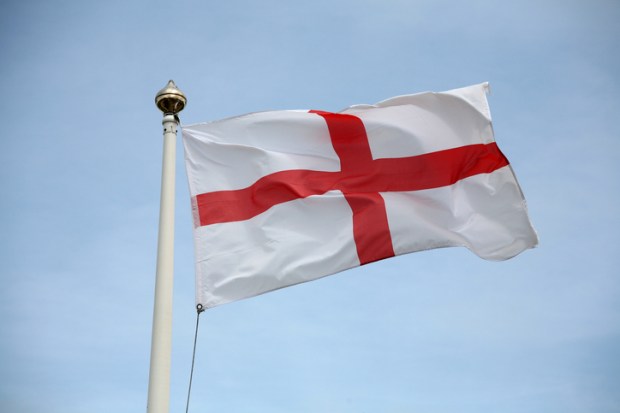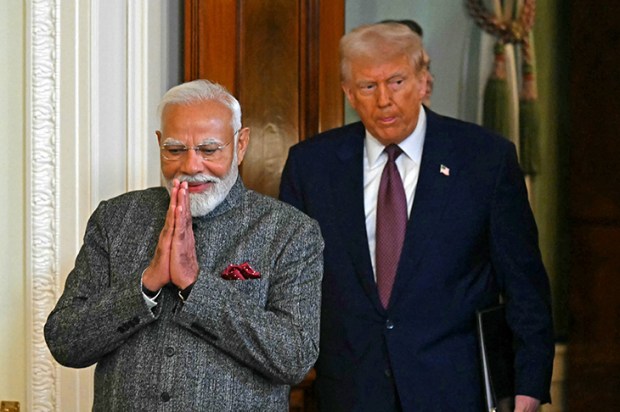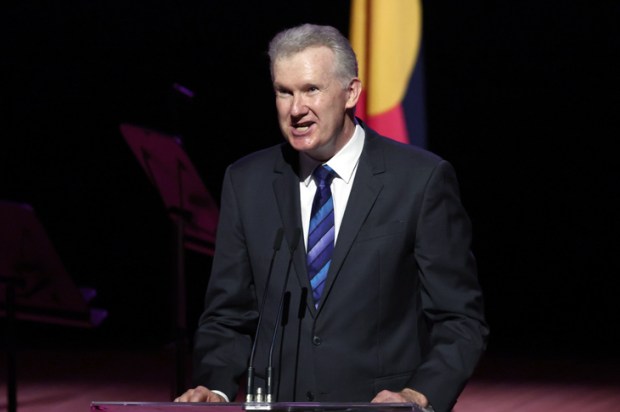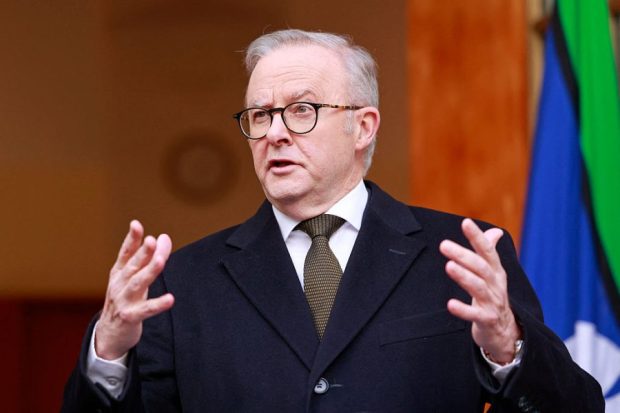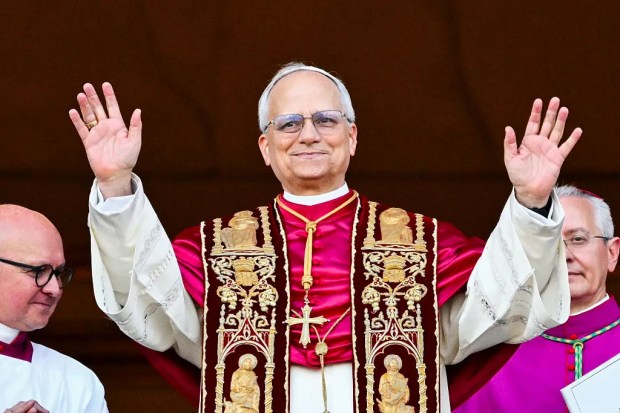Surprisingly, perhaps, it was only 20 years after the Union flag was first raised in Sydney Cove that white Australians became conscious of a societal gap. Less surprisingly, it was the man who had already helped address the fledgling colony’s most pressing security, economic and spiritual needs – by designing Hyde Park Barracks, the Macquarie Lighthouse and a couple of churches – who offered to close that gap. But if you think Lachlan Macquarie laughed when Francis Greenway proposed to build a bridge connecting the north and south shores of what we now call Sydney Harbour, you underestimate the resourcefulness and spirit of those early settlers. In transporting fourteen hundred men and women to the other side of the world, and withstanding the deprivation and isolation they found there well enough to establish, in a few short years, a self-supporting, orderly society, Macquarie’s predecessor Arthur Phillip and his 213 marines had already pulled off the 18th-century equivalent of ten moon landings. Even with only convict labour and horsepower to draw on, the construction of a bridge spanning less than a mile of warm, placid water would not have daunted them, and the steady spread of settlers northwards ensured that Macquarie’s successors shared his enthusiasm for the project. But budgetary constraints, two wars and an outbreak of bubonic plague meant it was another hundred years before construction began on what would be hailed, nine years later, as a wonder of the modern world. Even by today’s standards the Harbour Bridge is an astonishing achievement, and even Sydneysiders who cross it every day cannot contemplate its vastness from the foreshores beneath it without a twinge of something like (dare I say it) national pride. And more than a twinge if they remember the human cost. Laurence Ennis, the director of construction, put it in words which would have had a special resonance for a generation for whom Gallipolli was not a distant memory: ‘Every day those men went up onto the bridge the same way as a soldier goes to battle, not knowing whether they would come down alive.’
A plaque commemorating the sixteen men who died building the bridge has adorned the base of its Dawes Point pylon since 2013. But the eyes of tourists are more likely to be drawn to a more recent and conspicuous addition: as well as the Australian flag atop the eastern arch of the bridge they will see, atop the western one, an Aboriginal flag. If they are visitors from a less developed democracy, they might wonder if the placement of the flags has a demarcation function, and might even mistake the two narrow lanes directly beneath them, which we know to be a dedicated cycleway and pedestrian walkway, for a less benign kind of segregation. To disabuse them you would, of course, tell them about the great strides Australians have taken towards reconciliation; about the abandonment of the white Australia policy and the establishment of Aboriginal suffrage and land rights. Milestones, you might add, which were passed before anybody even thought about an Aboriginal flag. And then the older ones might remember the first time they’d seen it; draped around the shoulders of a young Aboriginal woman as she did a lap of honour at the 2000 Olympics.
And how that woman’s dazzling smile showed it wasn’t a protest, like the Black Power salute given by two African American athletes on the podium in Mexico City 32 years earlier, but a gesture of joyful celebration which met with the unqualified approbation of all her compatriots. But if your interlocutor had been a frequent visitor to these shores in the last ten years, if they’d seen footage of the Black Lives Matter protests in our capital cities, and especially if they were here during the Voice referendum, you would find it hard to convince them that this flag is still a symbol of unification and inclusivity. On the contrary, they will see the 49 metres which separates it from its official counterpart on Sydney Harbour Bridge as representative of a gap which, thanks to a vocal, left-wing minority and a sympathetic mainstream media, is getting wider every day. When Dr Lowitja O’Donoghue passed away recently, many newspaper columns were quite rightly dedicated to the achievements of this great woman. And on its front cover that day the Australian ran a quote from a speech she once gave. ‘We have to work towards one Australia,’ she said, ‘I have a responsibility to bridge the gap between black and white.’ In the photograph which accompanies this quotation, a younger Dr O’Donogue, who as chairperson of the Indigenous Advisory board at those Sydney Olympics would have had a box-seat view of Cathy Freeman’s triumph, also wears an Aboriginal flag around her shoulders. When it was taken that picture would have been entirely consistent with those words. Sadly, the combination now looks like a sub-editorial error.
Got something to add? Join the discussion and comment below.
You might disagree with half of it, but you’ll enjoy reading all of it. Try your first month for free, then just $2 a week for the remainder of your first year.


